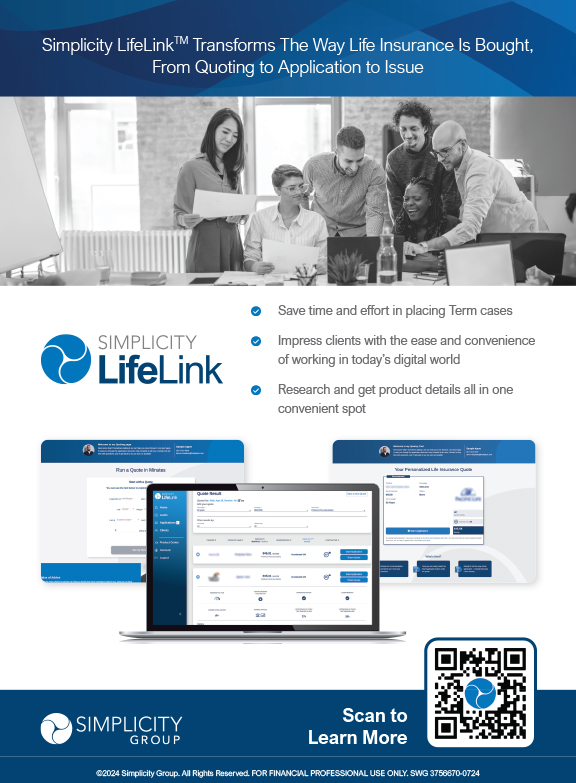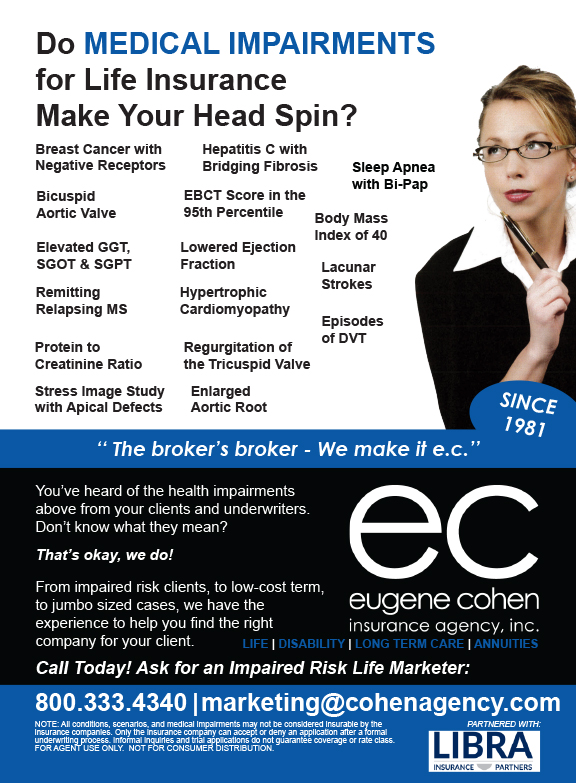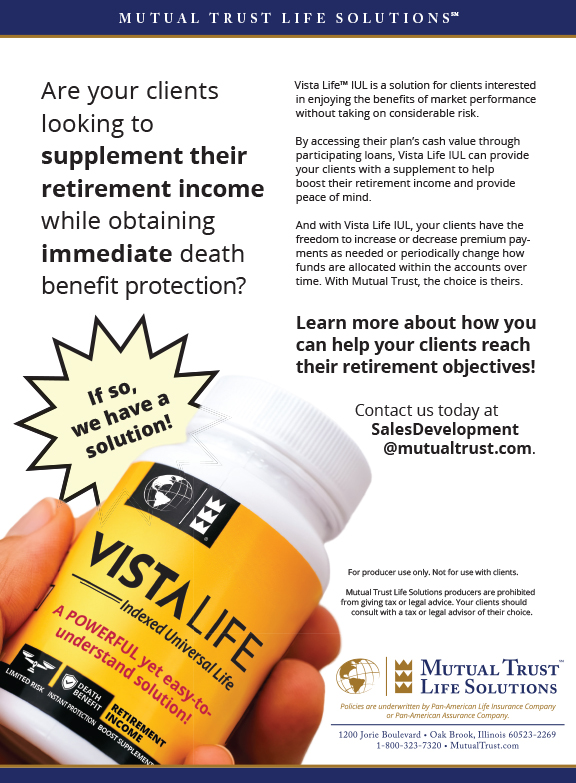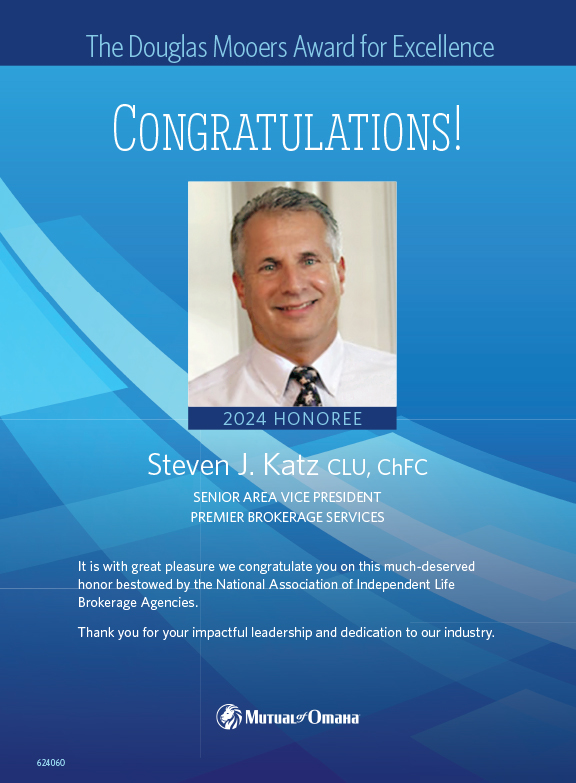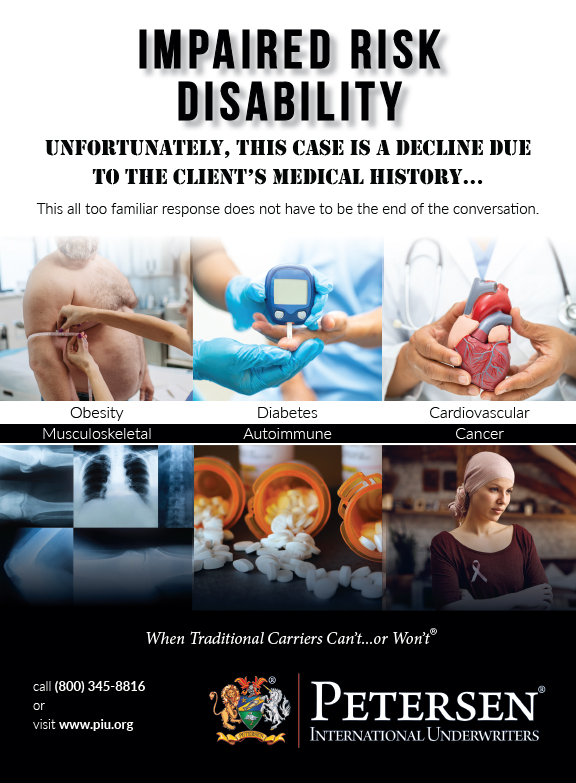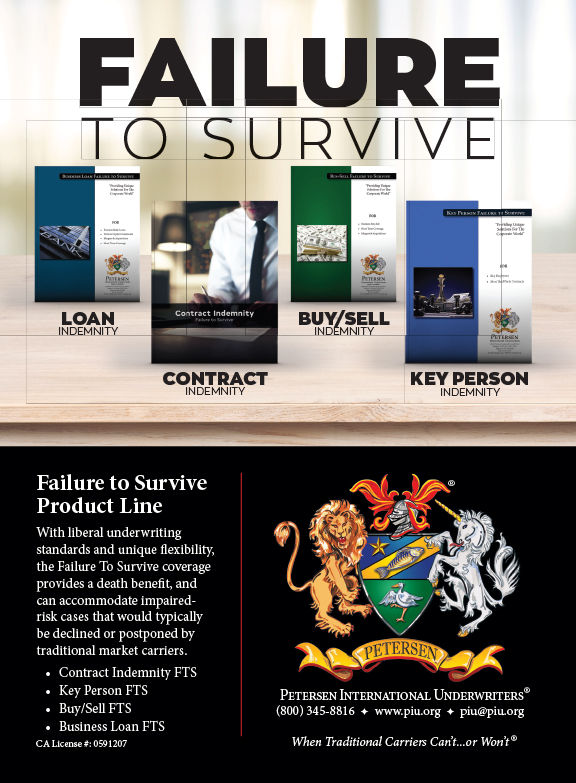“Don’t cry for me Argentina. The truth is I never left you. All through my wild days my mad existence I kept my promise, don’t keep your distance.”
I guess it just seems too many appear to have somehow wandered off, lost purpose, ignored urgency and abandoned focus. Even though stand-alone LTCI sales have experienced substantial decline over the last 10 years, the truth is the relative number of consumers doing “something” and buying some level of protection to blunt the impact of the risk has been consistent. Buyers of some level of chronic risk have been hovering around about a half a million Americans each year for over 10 years. Unfortunately the chronic risk conversation remains far too often a limited choice scenario. It may not be what is meant exactly but what I seem to hear from the field is: “I tried but it’s just so hard. Rate increases, carrier flight, onerous underwriting and continued consumer confusion forced me to take a path of least resistance. Either I defer or ignore the conversation or simply recommend one of those ‘living benefit’ riders.” The readers of this column know that at that point my internal mind is screaming at the top of my lungs, “OK I get it, but I don’t like it and it’s simply all wrong!”
This is the problem that will not go away. There were never enough soldiers to win a war in the first place. Frankly we never understood our enemy and we fought some of the wrong battles in the wrong locations. But our intentions were of the highest order. I know many began earlier but the advent of the modern comprehensive stand-alone LTCI policy began with the birth of the TQ policy. The “Special Forces” that have valiantly fought these battles each day for over 20 years have placed billions of dollars of potential coverage in place and created a rising tide of insurance funded care all across the caregiving landscape and none of it was easy. Long term care specialists do share a common bond. It is specifically the intensity of emotional commitment to the cause that clearly identifies us and keeps us pushing forward.
We deal with some truths that may even be considered “politically incorrect.” Even though it may be an intrinsically desired goal of our great Republic, we do not live in an egalitarian society. We have always had two clear approaches to this protection. First, to transfer as much of the potential risk as possible to the insurance company for those who can afford the cost. Next, and I might argue more important, dedicate ourselves to preventing as many as possible from becoming a ward of the state. “Private Care and Freedom of Choice” is our battle cry. We know the truth about this future potential family tragedy. It simply doesn’t take that much additional insurance to supplement existing assets and retirement income to guarantee that common goal. One size has never fit all and, now that you clearly have an abundance of alternatives to deal with the problem, there is no excuse to step back from your responsibility.
I have long predicted a 1035 firestorm gaining momentum as a direct result of the PPA provisions. I believe that storm is now moving inland. It took longer than anticipated, but there has never been a greater need for policy review. Again, please carefully read policy benefits and riders. Chronic illness riders are not created equal and some may come back to haunt your future fiduciary health. There are no perfect and easy answers as we approach each client. I would, however, again remind all concerned that the “Suitability” provisions of Section 24 of the NAIC LTC Model Regulations, as I read them, require a complete and thorough comparison of all the good and all the bad of all the choices when comparing the benefits of chronic illness alternatives with existing coverages.
For those who may have temporarily lost their way, please understand that the party is not anywhere near over. With new adequate and informed LTCI stand-alone pricing the future profitability, potential growth and rate stability of those traditional sales are stronger than at any time in our past. There are at last count approaching 70 life companies that have filed competitive chronic illness Section 101g ADBRs, and most of them have the correct definition of risk not requiring a permanent disability. Single premium hybrids are competing for a larger audience with more premium payment option strategies. Worksite sales are reviving. Association discount sales are again on the move. Conversations about corporate premium deductibility are again gaining momentum. It doesn’t really get any better than no FICA, no FUTA and no W-2s culminating in tax free benefits. The drumbeats of 1035 efficacy are getting louder. New and innovative approaches to help those who failed to plan ahead are now available.
We do indeed live in exciting times. Don’t cry for me… some of us never left the party anyway! I would invite those who may have become distracted or disoriented to belly up to the bar again and join us. The drink selection is prolific and everyone goes home happy.
Other than that I have no opinion on the subject.








